Best winter tyres for road cycling 2025
The best winter tires for our road bikes are an essential purchase. Here are our picks that find a robust compromise between rolling resistance, weight, and puncture protection
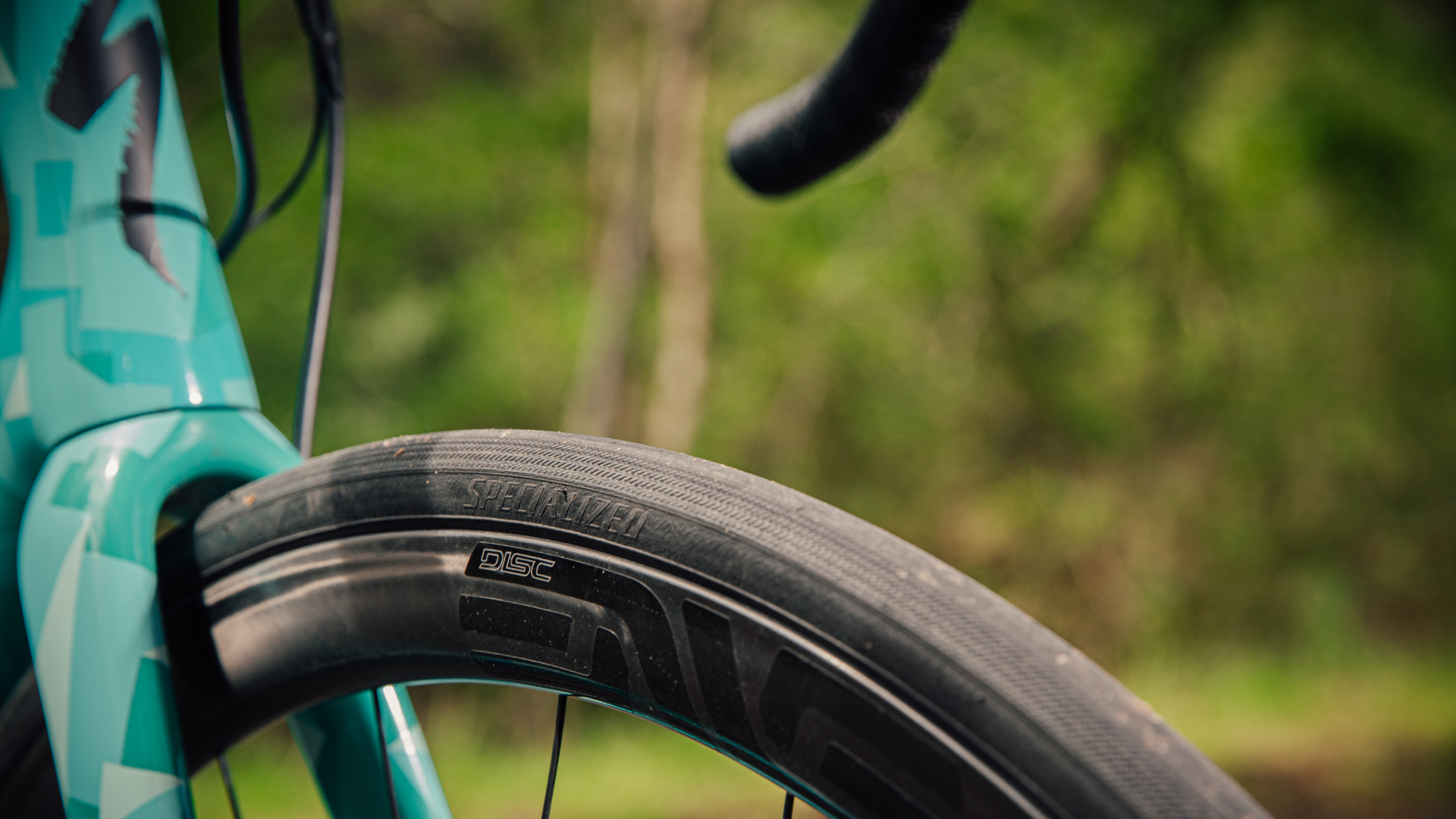
When winter approaches it’s sensible to prepare your bike accordingly. And a good place to start is with your tyres.
While road surfaces can be poor year round, during winter they have a tendency to be gritty and grimy, increasing the chance of a puncture. The colder, wetter weather also places a premium on grip. Combine this with avoiding having to fix a flat during heavy rain, and the case for switching to a dedicated winter tyre is a compelling one.
The best winter tyres place a premium on resistance to punctures and durability. They typically feature bead-to-bead protection alongside a hardwearing compound that’s designed to handle heavy roads.
Often winter tyres are offered in wider widths too. By increasing the width and volume of your tyres you’ll be able to run them at lower pressures. The result is added comfort, but also, improved grip.
The knock on winter tyres is that the added protection comes with a weight penalty. And while it’s unlikely they’ll roll as quickly as the best summer tyres, they aren’t quite the drag they are often reported to be.
We’ve rounded up a selection of winter-ready tyres from the many we’ve tested, with the aim of helping you choose the right pair for you and your seasonal riding.
For more advice in this regard, check out our other guides on the best puncture-proof tyres, best gravel bike tyres, and best tubeless road bike endurance tyres.
The Quick List
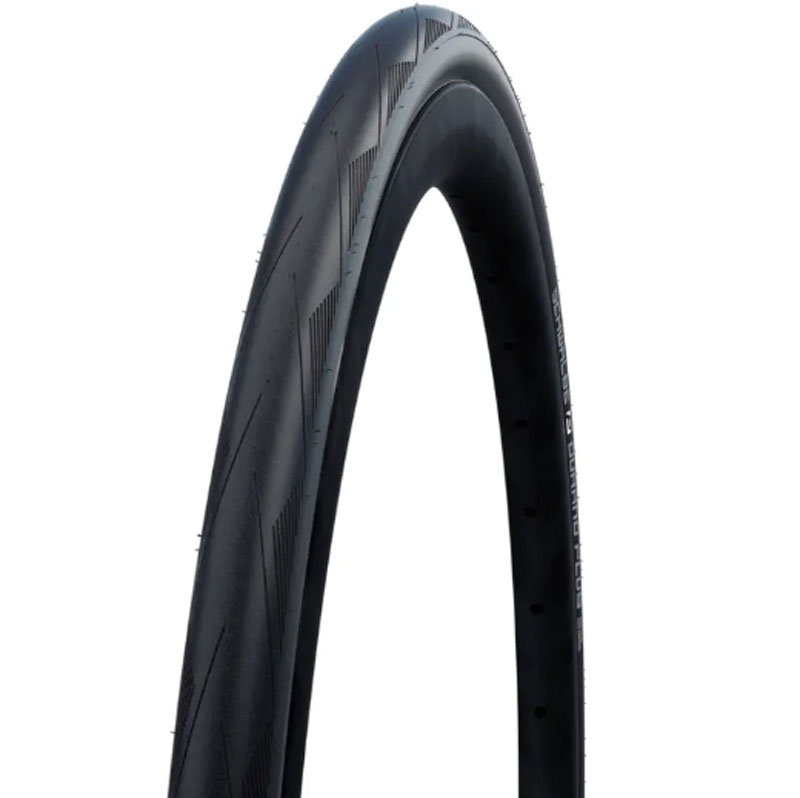
The Durano Plus benefits from Schwalbe's Addix compound that;s both grippy and durable, while Smartguard protection keeps punctures at bay.
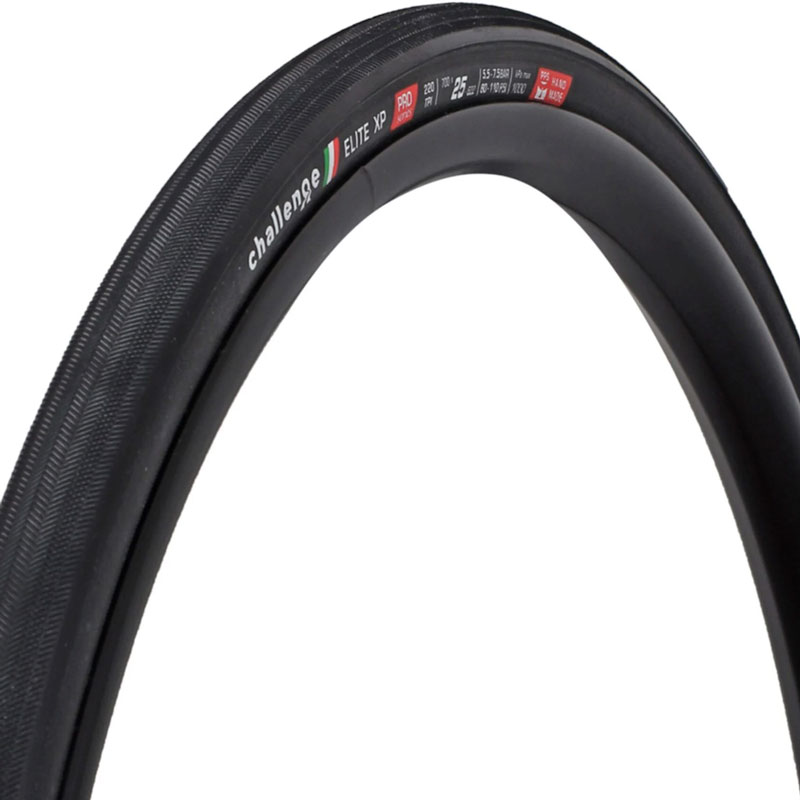
The combination of the width, casing and compound make the Elite XP a comfortable tyre indeed. A tightly-woven protective layer helps add some reassurance too. Not tubeless compatible however.
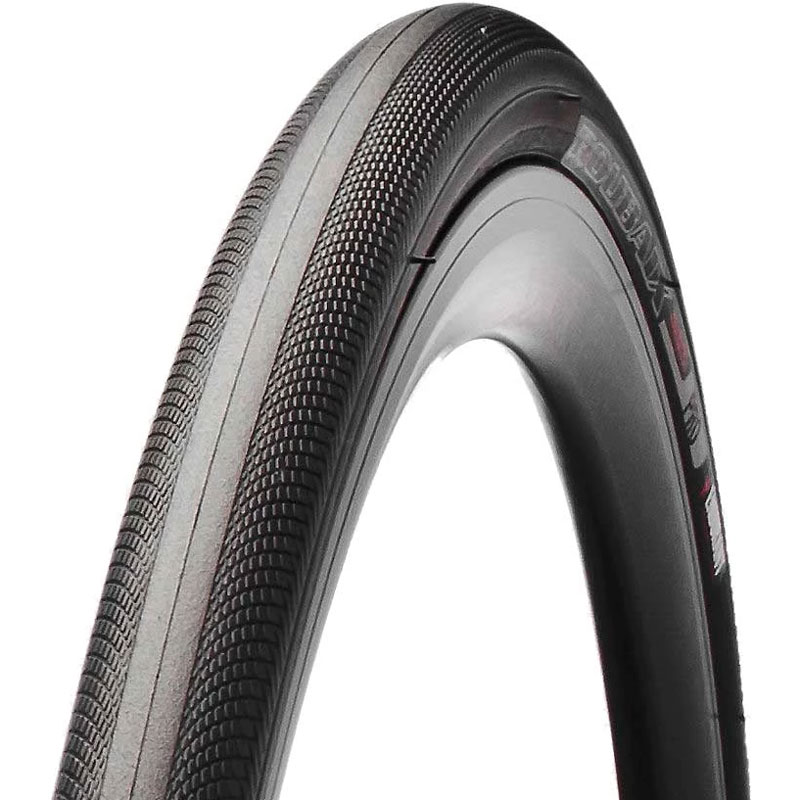
A blend of reliable puncture protection with a hardwearing and grippy compound makes this tubeless-ready tyre ideally suited to the vagaries of winter roads.

The plush ride quality is enhanced by the wide profile when fitted to the rim, which makes it a great winter road tyre for your all-road bike.
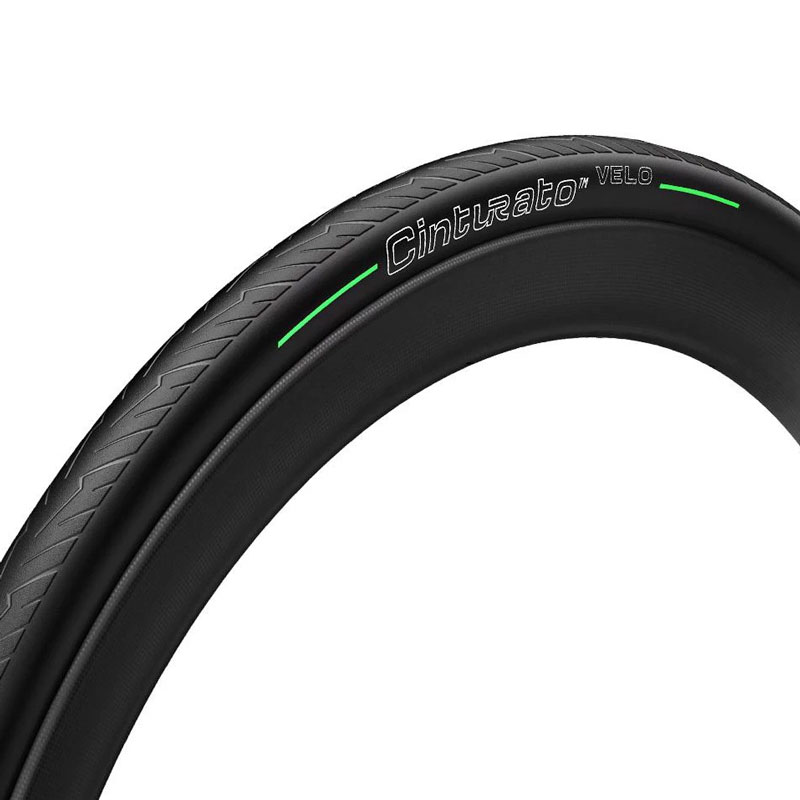
Offered in widths from 24mm to 35mm, the Cinturato Velo uses both bead-to-bead protection and an aramid breaker to help avoid punctures, while the compound is fast rolling and grippy.

Despite being an all-weather tyre, the Fusion is lightweight and employs a casing and compound that leads to a ride feel you'd normally associated with a summer tyre.
Best winter tyres for road cycling 2025
Best all-round
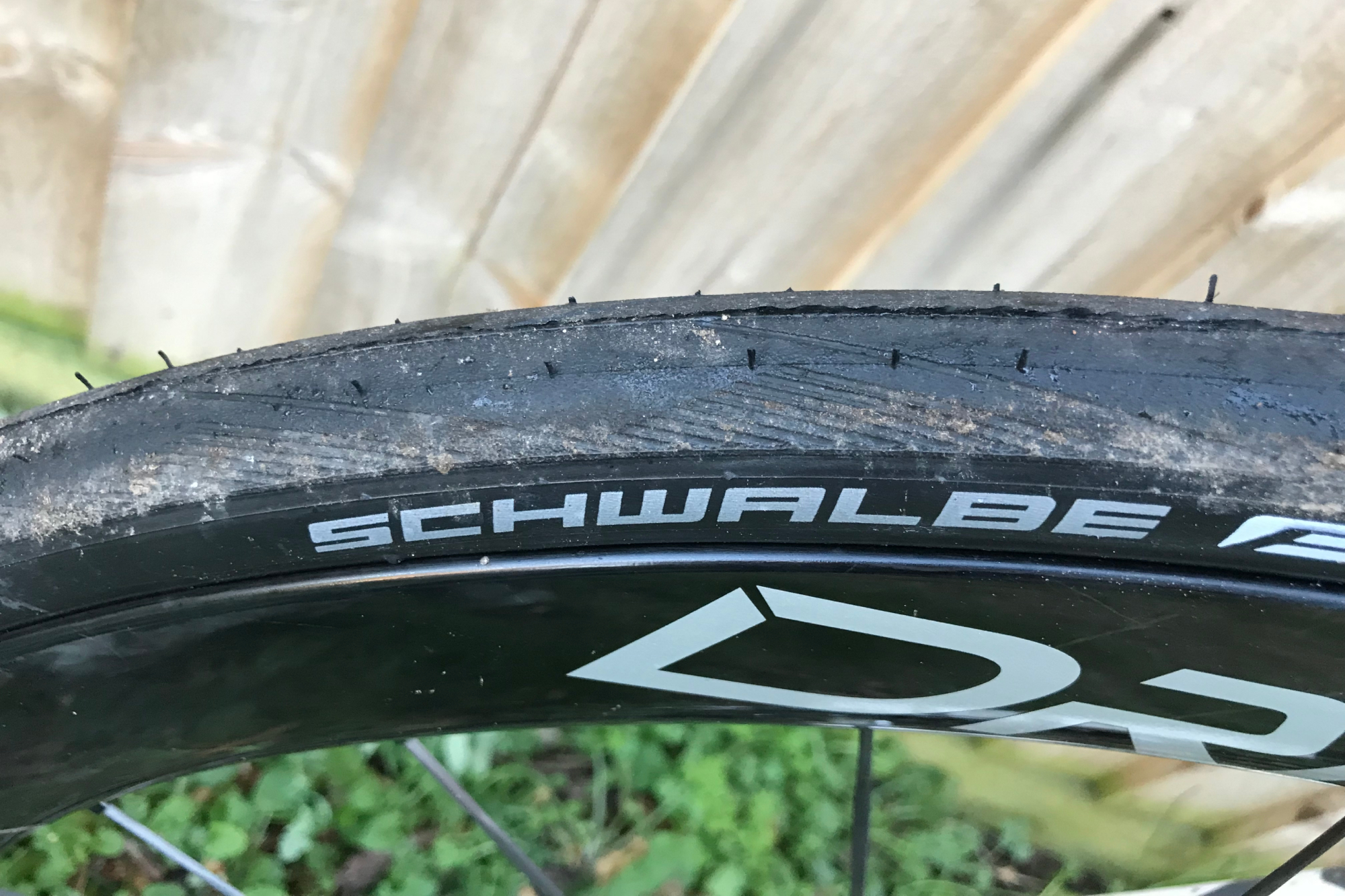
1. Schwalbe Durano Plus
Best for all-round performance
TPI: 67 | Weight: 427g (as tested) | Widths: 25 or 28c
Schwalbe's Durano Plus isn't marketed as a winter road tire but it has all the attributes you'd expect. The Addix compounded balances grip and durability and the Smartguard offers excellent puncture protection. We found it was both fast rolling and incredibly confidence inspiring. In fact the more we ride with this tyre, the more we trusted the grip on offer, which in turn raised confidence too.
From a puncture testing perspective, we rode hundreds of kms with this tyre and haven't had a single puncture, whilst there were some small flints in the rubber. Clearly the SmartGuard puncture protection strip does the job it’s supposed to and stops these shards penetrating.
For it's price it's quite heavy, even in comparison to others we've tested with decent puncture protection. But it's not all about weight, the confident feel of the tyre far outweighs the extra 100g you'll add to your bike.
Best for comfort
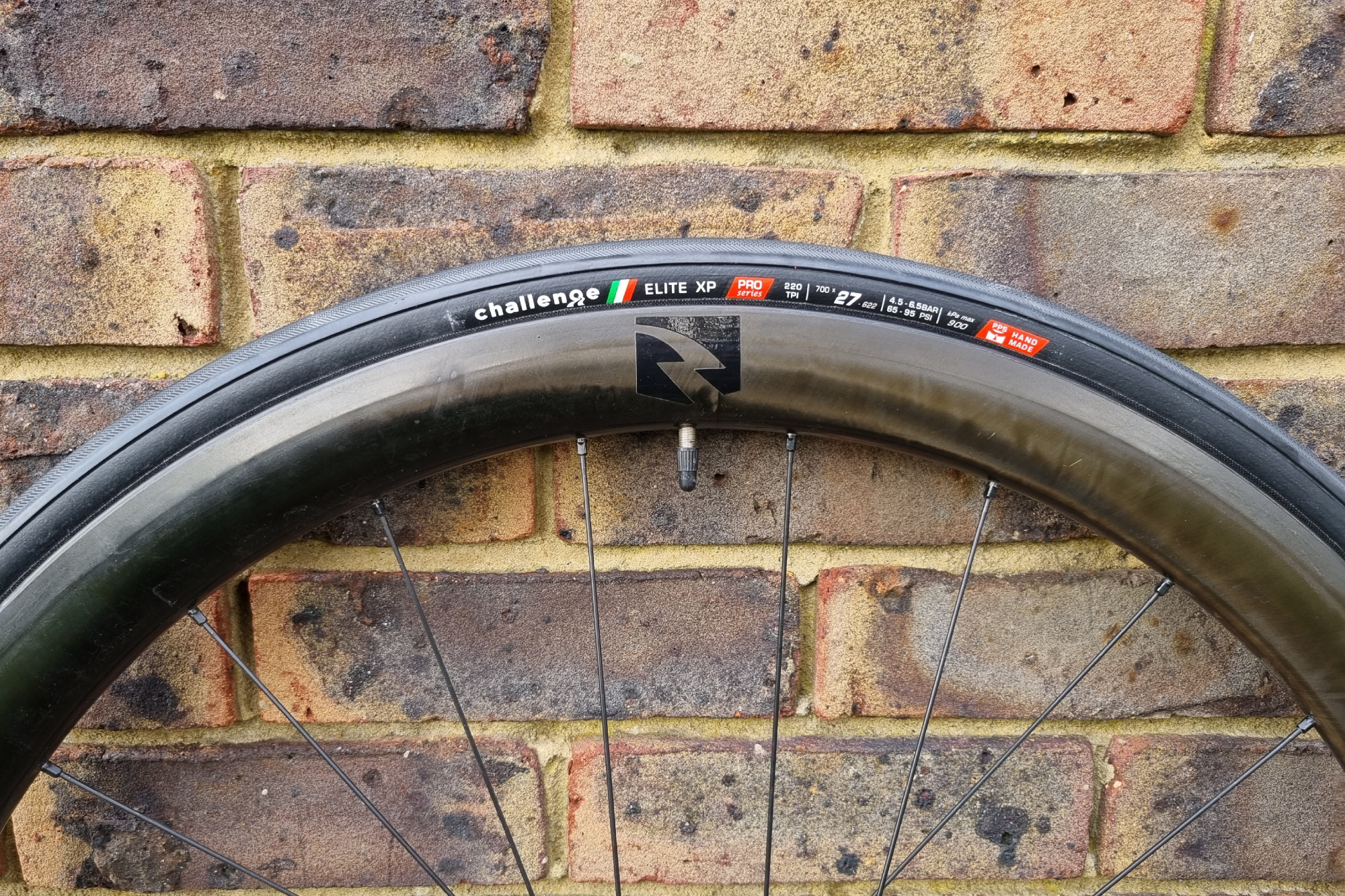
2. Challenge Elite XP winter tires
Best for comfort
TPI: 220 | Weight: 291g (27c) | Widths: 25c, 27c
Challenge specialises in handmade tires and the Challenge Elite XP is no exception. It comes with a double ply casing with 220TPI and a more tightly woven puncture protection layer. The bead too is protected. That's paired with a tread compound called Challenge's 'Smart Plus', which was created as a 'gravel-specific' tread compound, elevating grip, durability and traction.
The Challenge Elite XP is available in 25mm and 27mm sizes. We found that the 27c tire gave a really comfortable ride that didn't feel like a winter tire and there was plenty of grip into corners. It's not tubeless compatible, so you'll need to be happy running with tubes.
Out on the road, the Elite XPs felt as comfortable and supple as any race tyre. Indeed for a winter ready tyre, we thought the ride quality was actually exceptional, whilst the grip in the corners felt solid. Additionally we had no concerns in the wet either.
- Read more: Challenge Elite XP winter tires full review
Best all-road
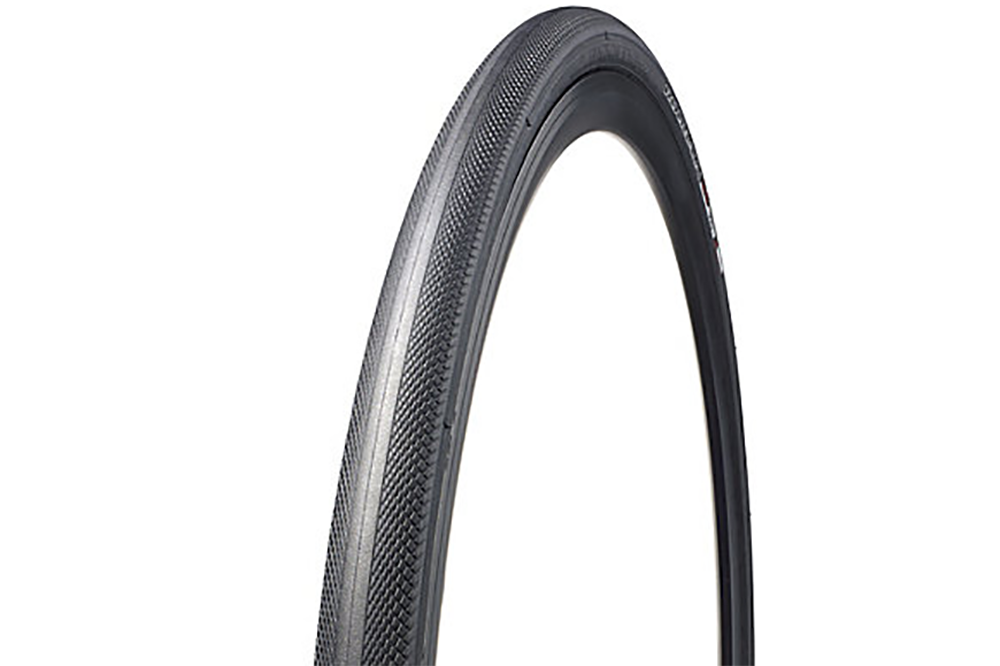
3. Specialized Roubaix Pro winter tires
Best for allroad
TPI: 120 | Weight: 300g (25/28c) | Widths: 23-32c
With a range of size options, this is a winter tire that should fit the majority of needs. The parabolic profile aids with grip in the corners, making for confident descending.
Puncture resistance comes from its bead-to-bead Endurant casing. This is a lighter version of the Kevlar and Nylon used in Specialized’s toughest Armadillo tires, and Specialized now offers the Roubaix Pro in a tubeless version too.
Rolling relatively quickly, the only downside we found of these tires comes from their weight, they are a little hefty compared to their immediate competitors.
Best wider

4. Schwalbe One Tubeless
Best wider
TPI: 67 | Weight: 330g (28mm) | Widths: 25, 28, 30, 32mm
Schwalbe's One makes for a great winter option. It can be set up tubeless to help avoid punctures but does carry the German brand's RaceGuard protection just in case or if you're running tubes - it's a double-layer of nylon fabric. There's also its MicroSkin tech, which is there to aid air retention for tubeless but also provides another layer of resistance.
Another reason why it's a good fit for winter conditions is the range of widths and how they size up when fitted. The range goes up to 32mm and our 28mm review tyre measured almost 30mm on a rim with only a 17mm internal width measurement. This added plushness certainly adds comfort to the ride, which is typically what's required on tough, gritty and dirty winter roads.
Best for speed

5. Pirelli Cinturato Velo TLR
Best for speed
TPI: 66 | Weight: 359g (32c) | Widths: 24-35c
Designed to offer high puncture protection without undue rolling resistance, the Pirelli Cinturato Velo TLR tire is a good winter/training option. There's an aramid breaker under the rubber with a second bead-to-bead protective area to help keep your sidewalls intact, while Pirelli says that its SmartNET Silica rubber compound “ensures grip safety in all weather conditions”.
There are five width options starting at 24c and heading up to 35c, so the Cinturato Velo tire caters for the whole range of clearances offered by modern road bikes and heads up into light gravel territory too.
Tubeless set-up was trouble-free and the riding was without punctures. They felt significantly faster than rival winter tires for road cycling too, hence being our top pick for speed in this guide, and coped admirably with a few gravel excursions on the way.
Best ride feel

6. Hutchinson Fusion 5 All Season winter tires
Best ride feel
TPI: 127 | Weight: 204g (25c) | Widths: 23-28c
The all-weather Fusion is a light, grippy, puncture-resistant tire, with the only downside being the cost. There were no cuts of note while on test, and no punctures and the bead snapped into place with ease on a number of different wheels.
Three different compounds of rubber make up the carcass of this tire; in the centre is a harder durometer rubber, fending off cuts and lowering rolling resistance, while softer durometer rubber sits in the transition zone assisting general cornering. This is the softest compound and is found on the shoulders and improves the grip in tight corners.
- Read more: Hutchinson Fusion 5 winter tire full review
FAQs
What's the best width for a winter road tyre?
We'd suggest running wider tyres as they can be run at lower pressures, providing more grip and in turn a more comfortable ride. They also tend to be a little more resistant to punctures.
Although these are all valuable qualities in a winter tire, it is worth checking your bike’s clearances before sizing up, particularly on an older bike frame, to avoid any rubbing on the frame or mudguards.
What's best for winter riding - tubeless or tubes?
Running tubeless does bring many benefits: less weight, better rolling resistance, the ability to run lower pressures, and to self-seal punctures. In some cases, this can make tubeless tyres a very compelling option, especially for amateur racers for whom a mid-race puncture spells the end of your day. The majority of newer tyres are now designed to be run tubeless.
However, for winter riding, there are other considerations. With higher pressures of road tires, sealant (especially the thinner viscosity types) struggles to seal holes compared to a lower pressure system like in a cyclocross, gravel or mountain bike tyre.
Even still, the chance of a puncture self-sealing is still quite high, making tubeless a great choice on a wheelset built for speed. But, when it comes to winter riding, prevention is better than cure and a traditional hard-wearing clincher setup delivers reliable performance.
There is also the cost to consider. Tubeless tyres tend to be more expensive than their clincher cousins, so it can make economic sense to run winter tires with inner tubes.
Are faster tyres less resistant to punctures?
Lower weight and lower rolling resistance will make you go faster but at the expense of puncture protection — there is always a compromise to be made. In the summer, the balance is going to be tipped in favour of speed, but puncture resistance won’t be completely forgone, for obvious reasons.
In the winter, when chasing seconds becomes of lesser importance, and the risk of punctures is greater, the scale tips the other way. But not completely. Although some may go for the opt-out of solid tyres, most of us will accept a small chance of punctures in return for the performance and benefits of pneumatic tires, such as comfort, grip, and speed.
What does TPI mean?
TPI stands for 'Threads Per Inch'. The rubber on a tyre is just the outer coating, beneath that are the threads that make up the carcass. Some tires use a smaller number of thicker threads, while others use a higher number of thinner threads.
With a higher number of Threads Per Inch, tyres tend to be more supple, but they are less robust and are damaged more easily; so a tire with a mid-range TPI count is best suited for winter riding.
What's the best compound for winter tyres?
Tyres will generally enlist a variety of compounds for different performance enhancements. Along the centre of the tyre, a harder compound tends to be used, being harder wearing and more resistant to punctures.
The compounds on the side tend to be softer, offering more grip when the bike is banked over in tight corners. This part of the tyre doesn’t spend as much time in contact with the ground, so wear is less of an issue.
For more bike buying advice, why not read our other guides on the best bike and helmet cameras, best bike saddles, and best cycling glasses.
The latest race content, interviews, features, reviews and expert buying guides, direct to your inbox!
Like many, Matt began his bicycle industry journey on the spanners at his local bike shop. After spending his youth mountain biking, he was inspired to embrace gravel during his tenure with Evans Cycles' in-house brands, Pinnacle and Hoy Bikes. Recognising the evolving industry, Matt eagerly seized the chance to become an E-bike designer, winning several awards with the E-bike brand Cairn Cycles.
These days, Matt is likely to have a toddler sitting shotgun or off the beaten track somewhere on the South Downs.